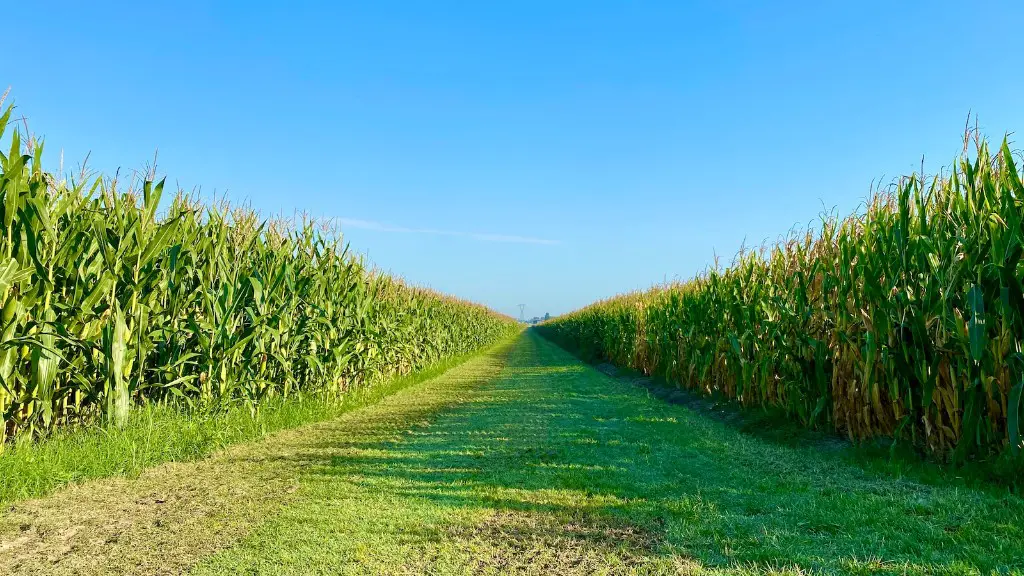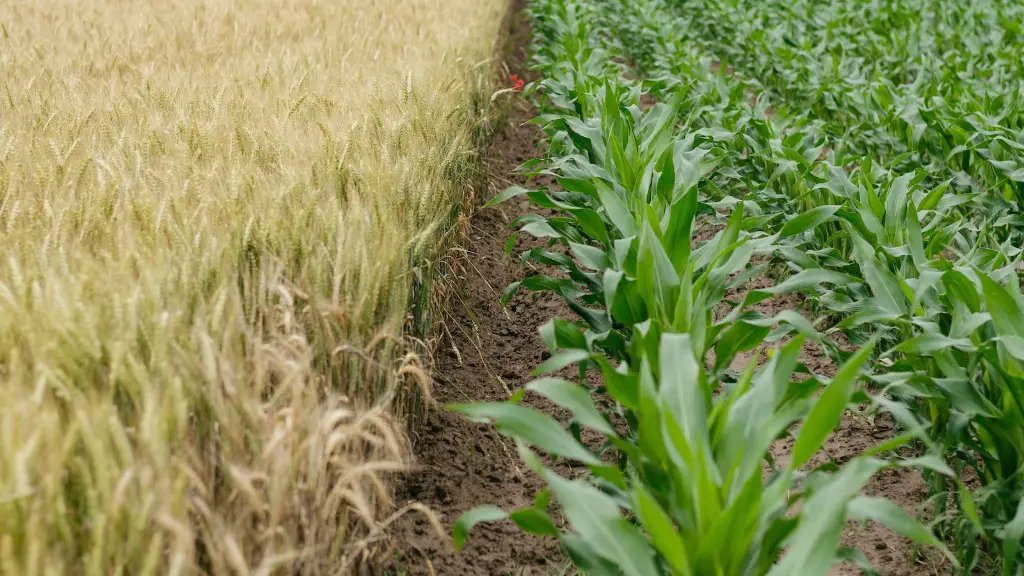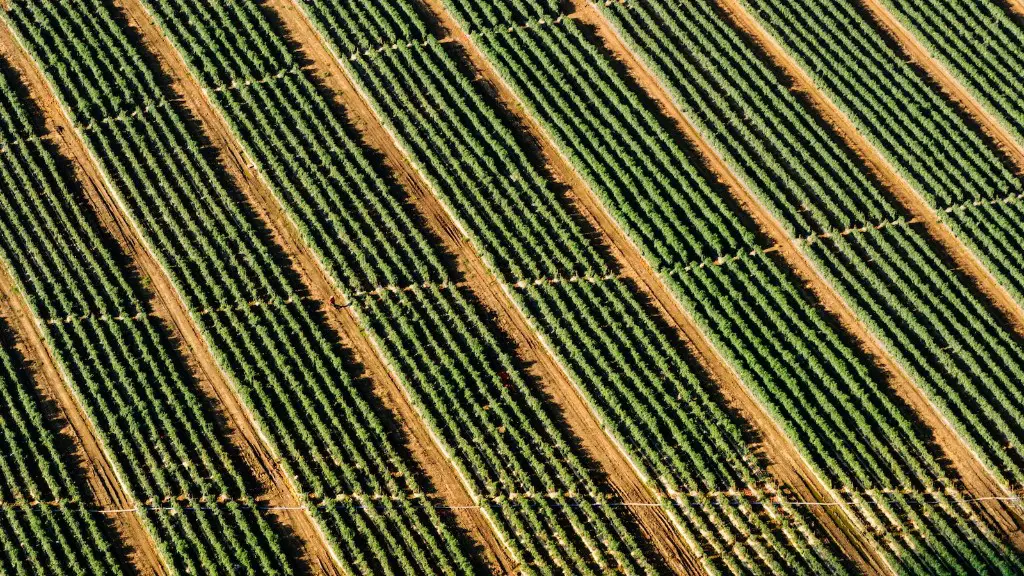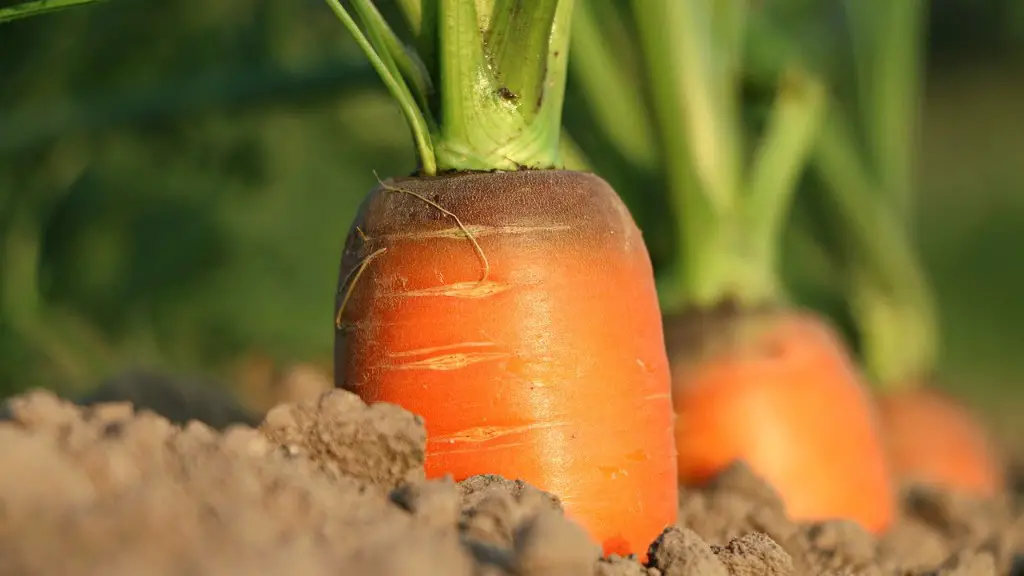Commercial agriculture is an important part of geography. It is the practice of producing a crop or other type of product for sale. It has long been a way of life for farmers in many parts of the world, and it continues to be an important source of food, jobs, and income. Commercial agriculture involves the planting, harvesting, and processing of crops, but it also includes activities such as marketing, transportation, and the sale of products. In addition, research has begun to address the ecological impacts of this type of farming.
Modern commercial agriculture can involve a wide range of activities, such as selection and breeding of plants, the use of technology to improve productivity, the management of crop pests, the sale of products, and the marketing of agricultural products. In addition, it can involve the integration of different sectors and markets, such as the production of value-added products, and the storage, transport, and trading of agricultural commodities. It also involves activities such as food processing and packaging.
Commercial agriculture has been impacted by several factors, such as climate change, population growth, and the liberalization of global trade. These factors have led to increased demand for agricultural commodities, and have also contributed to the diversification of the products produced in commercial agriculture. This has resulted in increased competition between producers and increased pressures on the environment. As a result, researchers have begun to explore ways to reduce the environmental impact of agriculture, such as by improving sustainable farming practices and developing agroecology, which is the study of the interactions between plants, animals, and the environment.
Commercial agriculture is one of the leading contributors to global food security and economic growth. In addition, it has been credited with providing employment opportunities to millions of people in developing countries, and with reducing poverty and hunger. However, there is also a growing concern about the negative effects of intensive agriculture, such as soil degradation, water pollution, and pesticide use. As a result, researchers are beginning to focus on developing more sustainable agriculture practices, and are also exploring other options, such as agroforestry and urban agriculture.
Commercial agriculture has also been linked to a number of other social issues, such as labor exploitation, the displacement of small-scale farmers, and the displacement of indigenous people. Additionally, it has been linked to social inequality, as it tends to benefit those who own or control the resources and inputs, rather than the people who actually produce the crops. As a result, researchers have begun to focus on developing alternative models of production, such as fair trade and small producer-driven supply chains.
Agribusiness and Environment
Agribusiness is an industry that includes the production, processing, and marketing of agricultural products and research and development in the fields of agriculture and food. Agribusiness operations can range from large-scale agricultural operations that specialize in one or two crops to integrated supply chain companies that involve the production, storage, transport, and distribution of food products. Agribusiness operations are subject to a number of environmental regulations and standards, such as the Clean Air Act and the Clean Water Act.
Research has also examined the effects of agribusiness operations on the environment. Studies have found that industrial agribusiness operations have a significant impact on land use, water quality, and the availability of natural resources. Specifically, industrial agribusiness operations have been linked to water pollution, soil erosion, deforestation, habitat loss, and biodiversity loss. In addition, agribusiness has been implicated in the production of greenhouses gases, such as carbon dioxide and nitrous oxide.
Agribusiness has also been linked to the production of air pollutants, such as ammonia, which can be harmful to human health. Additionally, agribusiness operations are responsible for releasing millions of tons of agricultural chemicals into the environment each year, which can have serious consequences for the health of ecosystems. Furthermore, studies have found that industrial agribusiness operations have resulted in higher levels of atmospheric aerosols and have been linked to an increased risk of developing certain types of respiratory diseases.
In order to address these environmental concerns, researchers have begun to focus on developing more sustainable agribusiness operations. These efforts have involved the development of agroecology, which is the study of the interactions between plants, animals, and the environment, as well as the development of agroforestry, which is the integration of trees, plants, and animals to produce food and other products in an environmentally sustainable way. Additionally, researchers have begun to explore the potential of organic agriculture, which reduces the use of synthetic fertilizers and pesticides, and other approaches that can help reduce the environmental impact of agribusiness.
Technological innovations
Technology has played an important role in the development of commercial agriculture.advances in technology such as automated planting and harvesting machinery, precision agriculture, and computer-controlled irrigation systems have enabled farmers to increase the efficiency and productivity of their operations. These technologies conserve resources, reduce labor costs, and minimize crop losses, resulting in more efficient production with fewer environmental impacts. Additionally, new technologies are being developed that can monitor crop health and soil fertility, allowing for more precise management of farming practices.
In addition, technological innovation has enabled the development of gene-edited crops, which have been modified to be more tolerant to environmental stressors, such as drought and pests. These crops have the potential to reduce the use of agrochemicals, conserve resources, and improve crop yields. Furthermore, the development of genetically modified organisms (GMOs) has enabled the production of new crops with enhanced properties, such as higher nutritional content or resistance to disease.
Technology has also enabled the development of new distribution systems, such as mobile apps, which can connect farmers to buyers, reducing the costs of transportation and marketing. Furthermore, the internet has enabled the development of new markets, such as online platforms, which can allow farmers to access broader consumer markets. These advances in technology have enabled farmers to become more competitive in global markets, while also helping to reduce their environmental footprint.
In addition, the use of artificial intelligence (AI) has enabled the development of predictive analytics, which can provide farmers with valuable information on crop growth patterns, soil conditions, and other environmental factors. This information can be used to inform decisions about crop planting, which can help farmers optimize their operations for maximum efficiency and production.
Overall, technological innovation has played an important role in enhancing the ability of farmers to produce food more efficiently and sustainably. Advances in technology continue to revolutionize the way farmers produce food, providing them with powerful new tools to protect the environment and increase their profits.
International Trade
International trade is an important part of modern commercial agriculture. Global agricultural trade stands at over $1.5 trillion, and as trade liberalization continues to occur, this figure is expected to continue to grow. International trade involves the import and export of agricultural goods, such as grains, livestock, fruits, and vegetables, as well as processed foods.
International agricultural trade allows countries to meet the demand for food that would otherwise be difficult to produce domestically due to the lack of resources or land. International trade can also increase access to food in developing countries, while decreasing prices and increasing the selection of products available to consumers. Additionally, international trade can provide farmers in developing countries with greater access to markets, providing them with increased opportunities for income generation, and enabling them to participate in the global economy.
However, international trade can also have negative effects on local food systems. For example, the introduction of cheap imported goods can reduce the demand for local produce, resulting in decreased prices and reduced incomes for local farmers. Additionally, international agricultural trade can lead to the displacement of smallholder farmers, who are unable to compete with large-scale agribusiness operations. Furthermore, there are concerns that international trade can lead to increased food insecurity due to the increased variability and instability of food supplies, as well as increased risk of pests and diseases.
In order to mitigate the potential negative effects of international agricultural trade, countries have begun to enact measures to protect local food systems. These measures include regulations such as tariffs, subsidies, and the enforcement of food safety standards. Additionally, countries have begun to promote and facilitate the development of regional and local food networks, which can increase economic opportunities for local farmers and reduce reliance on imported food products.
Economic Impacts
The economic impacts of commercial agriculture are significant, both in developed and developing countries. In both contexts, it is estimated that the sector contributes around 10% of GDP and provides employment to over 1 billion people. In the developed world, commercial agriculture has been associated with increased food security, higher incomes, and improved diets. However, in many developing countries, the reliance on large-scale agriculture has been linked to increased poverty, debt, and landlessness.
Research has found that the economic benefits of commercial agriculture may not be shared equally among farmers. For example, small-scale farmers may be at a disadvantage when competing with large-scale agricultural operations, as they often lack access to markets, technology, and capital. Additionally, agricultural policies such as subsidies may benefit some farmers more than others, resulting in an unequal distribution of economic resources. Similarly, the effects of agricultural trade can be uneven, with some countries benefiting from increased access to markets, while other countries may face increased competition from foreign producers.
In addition, the economic impacts of commercial agriculture can have long-term implications for local economies and communities. In some cases, commercial agriculture has been linked to the displacement of local farmers and the destruction of traditional farming systems. Furthermore, there may be long-term impacts on employment, as large-scale operations may require fewer workers than small-scale farms. Additionally, commercial agriculture can play a role in altering local diets, as the production of staple crops can lead to the decline in traditional crops and local foods.
Overall, commercial agriculture has had a profound economic impact across the world. In both developed and developing countries, commercial agriculture has contributed to economic growth, food security, and poverty reduction. However, there are a number of challenges to the sustainability of this sector, and there is a need for governments and other actors to develop strategies to ensure that the benefits of commercial agriculture are shared by all.
Conclusion
Commercial agriculture is an important part of geography. It involves the production, processing, and distribution of agricultural products, as well as the use of technology to increase productivity and reduce environmental impact. It has been linked to economic growth, food security, and poverty reduction, but it also comes with a number of social and environmental challenges. Research on commercial agriculture has focused on identifying and addressing these challenges, as well as exploring new technologies, alternative models of production, and policies that can ensure that the benefits of commercial agriculture are shared by all.





